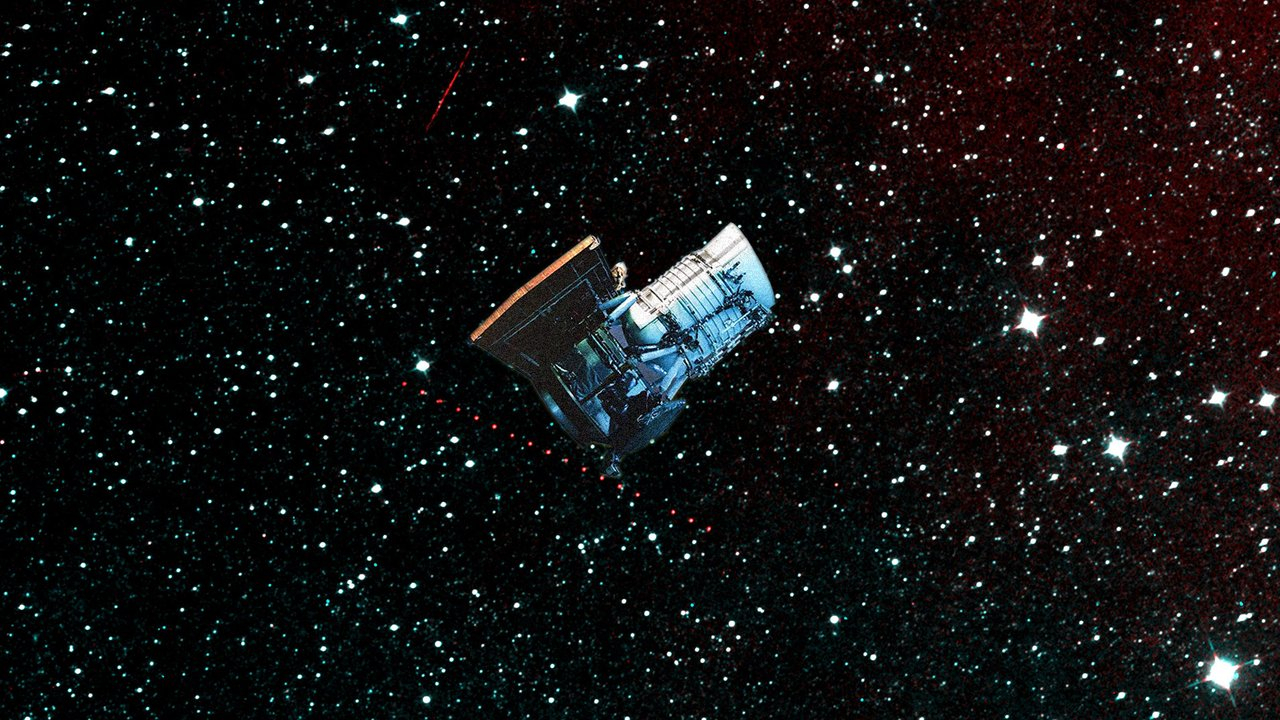
A NASA asteroid-hunting mission is coming to a close, paving the way for the next generation of planetary defense efforts.
The NEOWISE (Near-Earth Object Wide-field Infrared Survey Explorer) mission will end on July 31. Building on the mission's 14-year success, NASA's NEO Surveyor (Near Earth Object Surveyor) — the first purpose-built infrared space telescope specifically dedicated to hunting hazardous near-Earth objects — will launch in late 2027, advancing the space agency's planetary defense strategy, according to a statement.
"After developing new techniques to find and characterize near-Earth objects (NEOs) hidden in vast quantities of its infrared survey data, NEOWISE has become key in helping us develop and operate NASA’s next-generation infrared space telescope," Amy Mainzer, principal investigator of NEOWISE and NEO Surveyor at the University of California, Los Angeles, said in the statement. "It is a precursor mission."
The approaching solar maximum, the highest rate of solar activity during the sun's approximately 11-year cycle, has triggered the end of the NEOWISE mission. Increased solar activity, including more frequent solar flares and coronal mass ejections, heats Earth's atmosphere and causes it to expand. This creates more drag on satellites orbiting Earth — and, because NEOWISE is not equipped with a propulsion system, the spacecraft will not be able to keep itself in orbit.
Related: NASA's Asteroid-Hunting NEOWISE Discovers Trove of 114 Objects (Video)
Following its last survey on July 31, the spacecraft will be put in hibernation mode on Aug. 8 before starting to drop steadily closer to Earth. It will ultimately burn up in the planet's atmosphere in late 2024 or early 2025. This mission's successor, the NEO Surveyor, is currently in development with an expected launch date of September 2027.
"NEO Surveyor will seek out the most difficult-to-find asteroids and comets that could cause significant damage to Earth if we don’t find them first," Mainzer said in the statement.

Initially launched as the WISE (Wide-field Infrared Survey Explorer) mission in 2009, the spacecraft far exceeded its scientific objectives to scan the entire infrared sky. When the mission was first extended through 2011, the space telescope studied distant cosmic activity, as well as NEOs, including the first known Earth Trojan asteroid.
The mission was then extended for a second time in 2013, when it became known as NEOWISE, and was tasked to search for, track and characterize NEOs that generate a strong infrared signal from being heated by the sun, according to the statement.
After observing the sky from low Earth orbit for more than 14 years, NEOWISE has made 1.45 million infrared measurements of over 44,000 objects in the solar system. It has also surveyed more than 3,000 NEOs, 215 of which the space telescope discovered itself.
"The spacecraft has surpassed all expectations and provided vast amounts of data that the science community will use for decades to come," Joseph Hunt, NEOWISE project manager at NASA’s Jet Propulsion Laboratory in Southern California, said in the statement. "Scientists and engineers who worked on WISE and through NEOWISE also have built a knowledge base that will help inform future infrared survey missions."







